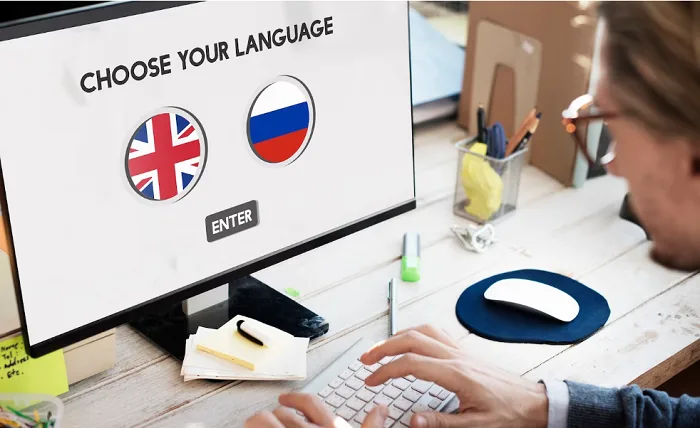The global business landscape is transforming swiftly, and so is the way we go about our everyday business operations. Especially with the increase in translation demand for globalization purposes, more businesses are adopting a more localized approach to communicate with their target audiences.
To cope with the modern translation demands, translators have to use modern methods and tools to enhance their work efficiency and maintain their quality of good work. Traditional methods of managing translation are unable to fulfill the business demands of today. That’s why it is becoming vital for professional translators to equip themselves with the right tools to get away with contemporary translation project management challenges. Let’s have a look at this article to know about the 6 much-needed tools for translators to effectively manage their translations project, resources, and time.
Must-Have Translation Tools for Professional Linguists
Based on your unique translation requirements, the need for professional translation tools may also vary. However, the list below is suggested for freelancer linguists working with international clients from different domains and industries.
Get your sworn document translations done with confidence at Espresso Translations. Our skilled translators deliver legally binding and accurate translations for your peace of mind.
Task Management Tools
The most critical issue faced by most translators is managing multiple translation tasks regularly coming from different clients. Things can definitely get messed up if you, being a translator, don’t have a systematic and well-organized approach toward translations. So, it is important to use a task management tool, where you can have a clear view of all the pending, ongoing, and approved projects. If you’re managing a team of translators then make sure to avoid chaos and use a task management tool instead. It will also reduce the chances of errors and other quality issues in the translations.
CAT Tools
For instance, if you are a translator providing document translation services to global clients, you have to be ready for plenty of work. Sometimes your human resources are also unable to deal with upcoming translation projects. In this scenario, you can either choose to extend your human workforce (which is quite an expensive option to consider), or you can buy a CAT tool with MT features. Many freelance translators nowadays have adopted machine translation post-editing methods for translation purposes. It is a quick and cost-effective way of dealing with plenty of translation projects coming your way.
Translation Memory
It is another important tool that is mostly built-in into your translation project management system with MT features. A translation memory is your translation database made of all the previously approved translations. When you use a machine translation engine, it analyzes the database for any similar phrases and sentences. If the MT engine finds any similar phrases, it uses them as translations instead of generating new translations. It saves time and enables you to generate quick translations. This tool will be quite helpful if you are working for e-commerce clients, where product descriptions are mostly similar. It will save you from translating repetitive content.
Glossaries
Working with multiple clients with different translation requirements and styles is hard to deal with. Translators must understand and consider the tone and style guide of each brand and do their customization accordingly. Creating glossaries for each translation project can be helpful in this regard. It helps translators fully understand the translation requirements of a brand and the unique tone of their brand. If you are using a localization management platform, it may have a glossary creation and management tool. It would make it quite easy and seamless for professional translators to effectively create and manage your glossaries for different translation projects.
Automated QA Features
It’s perhaps the most important tool for translators to significantly reduce quality issues and get away with manual inaccuracies smoothly. An automated quality assurance testing tool can allow you to detect all errors in your translated documents within seconds. Not just that, you may also get suggestions for improvements to enhance the readability and quality score of your translations. It will speed up your proofreading and editing of translations, and you can ensure high-quality translations in relatively less time than manual QA testing. However, the processes each translation project management system uses for its QA testing can vary. So, it is better to inquire about your language service provider about the QA features they actually offer and how reliable they are in effectively detecting and improving the quality of translations.
Integration tools
The overall translation efficiency and effectiveness very much depend on the ease and convenience a translator has in this work. A lot of time can get wasted on switching between different apps and software for translations, management, editing, QA, and other localization processes. Integration tools can be really helpful in this regard because they allow you to manage all your translation and localization operations from one platform only. This way, translators don’t just save their time but reduce the likelihood of errors and redundancy in their content.
Wrapping Up!
Using advanced translation management tools and platforms can really help professional freelance translators effectively manage excessive workloads and deal with the diverse requirements of international clients seamlessly. However, make sure to get your translation tools from a reliable LSP agency only, and don’t fall for scammers.



